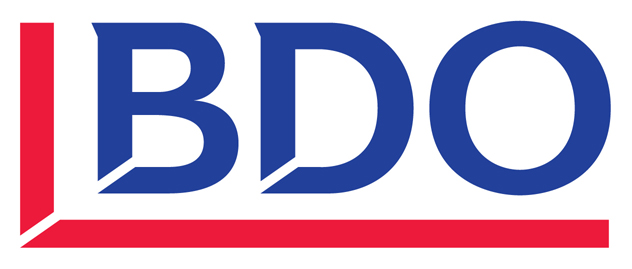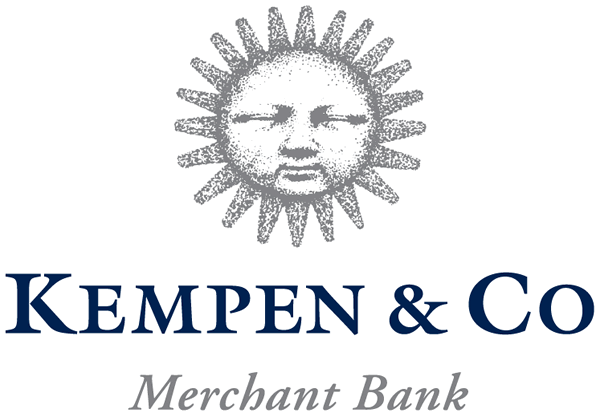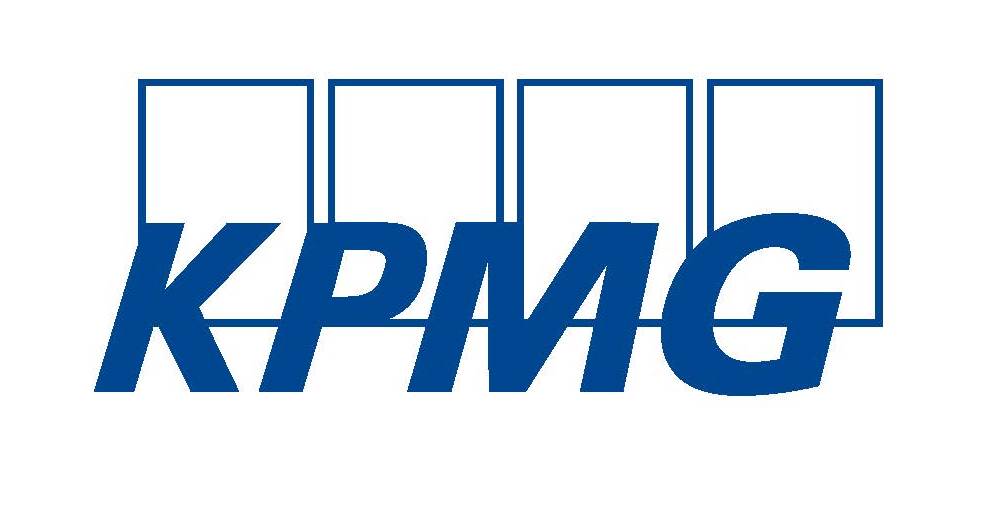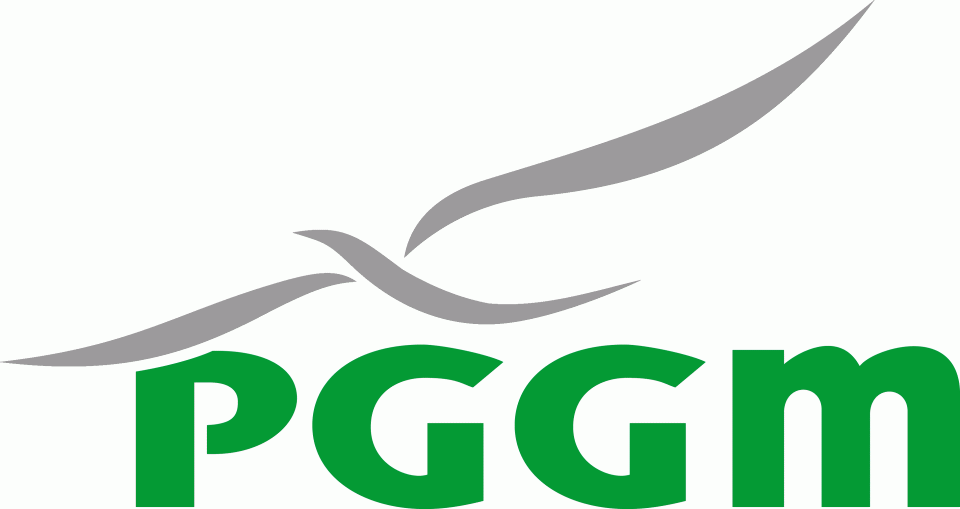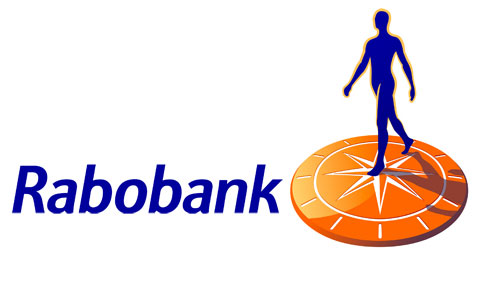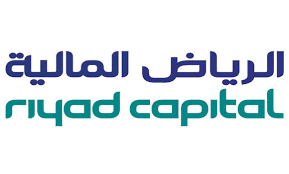Risk management and control have emerged as crucial functions in the financial industry, demanding highly specialized skills that are vital to the success of financial institutions. It is the Great Financial Crisis of 2007-2009 that, given its systemic dimension, acted as a new wake-up call. And the recent bank failures (in 2023) are again reinforcing the need for professionals with the required technical expertise. The 3-day Financial Risk Management program aims to help the participants to develop essential financial risk management skills in a consistent way, with unique insights.
Note: this program can function as a (first) practical step in the preparation of exams related to globally recognized designations, such as the Financial Risk Manager (FRM) charter – for the FRM Part 1 exam. Participants preparing for the SCR (Sustainability and Climate Risk) exam of GARP may also find parts of this program beneficial.
How you will benefit
- Explore the core of risk management: Immerse into risk management’s heart, unveiling strategic risk intricacies as well as ESG risks. Craft adapted and adaptable frameworks
- Unlock Key Risk Indicator potency: Experience the power of Key Risk Indicators (KRIs), demystifying the dynamic of risk changes. Navigate challenges with strategic precision using these hidden keys
- Embark on Risk-Return odyssey: Delve into risk-return dynamics, navigating financial landscapes adeptly. Uncover the symbiotic relationship that fuels decision-making success
- Get a sound understanding of practical quantitative analysis: it is about what is necessary
- Futures/Forwards and options (and beyond) demystified: step-by-step approach. Witness complex concepts unravel into simplicity, giving you the tools to navigate these instruments with ease
- Explore the inner workings key risk models, with in particular
– Value-at-Risk (VaR): gain an overview of key approaches
– Operational risk management: using Artificial Intelligence for concrete applications (introduction)
The program is developed in a very interactive way. Exercises and practical business cases are used throughout to illustrate the concepts. About 15% of the program is spent on calculations using spreadsheets with limited complexity of math.
Program length
3 days
| Day 1 | 09:00 – 17:30 |
| Day 2 | 09:00 – 17:30 |
| Day 3 | 09:00 – 17:30 |
Next steps
We offer carefully crafted learning paths designed to help you dive deeper into various facets of finance. Take the next step in your professional learning path by choosing one or more of our specialized programs, for example:
Core Concepts of Risk Management
- Developing an in-depth understanding of risk, including strategic risk and ESG risks
- Comprehensive exploration of the risk management process and synthesis of its components
- Introduction to Key Risk Indicators: metrics for risk assessment and monitoring
- Illustrating extreme situations (tail risk): Learning from high-impact situations, including ESG disasters
- Unpacking the CAPM (Capital Asset Pricing Model): Exploring risk-return relationship in equity investments
- Performance Measurement Techniques: Including examination of the information ratio and other less common ratios
- Multi-Factor Models: a practical application
- Ethical considerations within Risk Management
Quantitative Analysis
- Essentials of probabilities and statistics
- Key probability distributions and discussions on correlation
- Volatility and a different perspective
Financial Markets and Instruments
- Market Structure: Examination of financial markets, their organization, and the participants involved
- Derivative instruments: forwards/futures, swaps & options: from simple to more complex strategies
- How futures/forwards markets work: using futures/forwards with (among others) the margin process, basis risk, number of contracts needed
- Futures and forwards: Understanding how futures/forwards markets operate, including margin processes, basis risk, and determining the
- Fixed income instruments (simple and more complex)
About Futures/Forwards and Options
- A step-by-step approach with increasing complexity to pricing and valuation
- ESG: the carbon market with, among others, the carbon futures
- Futures/forwards: pricing and valuation explained based on examples
- Option pricing applying classic models, including a “manual” approach
- Managing option risk: Understanding The Greeks – option risk management and applying delta hedging
Key Risk Models including specific aspects of Operational Risk
- Value-at-Risk (VaR): an overview; key approaches and evaluation methods – illustrated with a real-life case study
- Stress-testing and what it implies in terms of scenarios: applying in the context of a large bank
- Expected shortfall & conditional VaR
- Key interest rate risk management elements
- Key credit risk management elements: Key models for credit spreads and evaluation of default risk
- Specific aspects of operational risk management: the capital dimension and an introduction to Artificial Intelligence application
The program is developed in a very interactive way. Exercises and practical business cases are used throughout to illustrate the concepts. The program contains a series of calculations. Even though these are not complex math, the participants should feel comfortable with fundamental math.
Program preparation
There is some preparatory work required for this program. Pre-readings consist of case materials, chapters of a book and/or a few articles. These materials will be made available on a password protected webpage a few weeks prior to the program.
To ensure maximum benefit from the program for participant and fellow-participants, we strongly advise to prepare prior to attending.
Read more
> Patrick Oberhaensli: ‘The key to effective financial risk management is front experience.’
The Financial Risk Management program is relevant to a broad range of professionals at various financial institutions but also Corporates and Professional Investors. It is of particular interest to the following functions:
- Financial Risk Managers (like Market Risk) with some experience
- Risk Management Auditors
- Senior Compliance
- Financial Product Sales and Senior Back-Office team members
The program is developed in a very interactive way. Exercises and practical business cases are used throughout to illustrate the concepts. The program contains a series of calculations. Even though these are not complex math, the participants should feel comfortable with fundamental math.
Please contact us should you feel the need to verify your level of knowledge, and/or the relevance of your work context.
Prerequisite
Proficiency in English is vital for following this training program effectively.
Is this program not the right fit for you?
We offer other programs which you might find more interesting or useful, such as:




